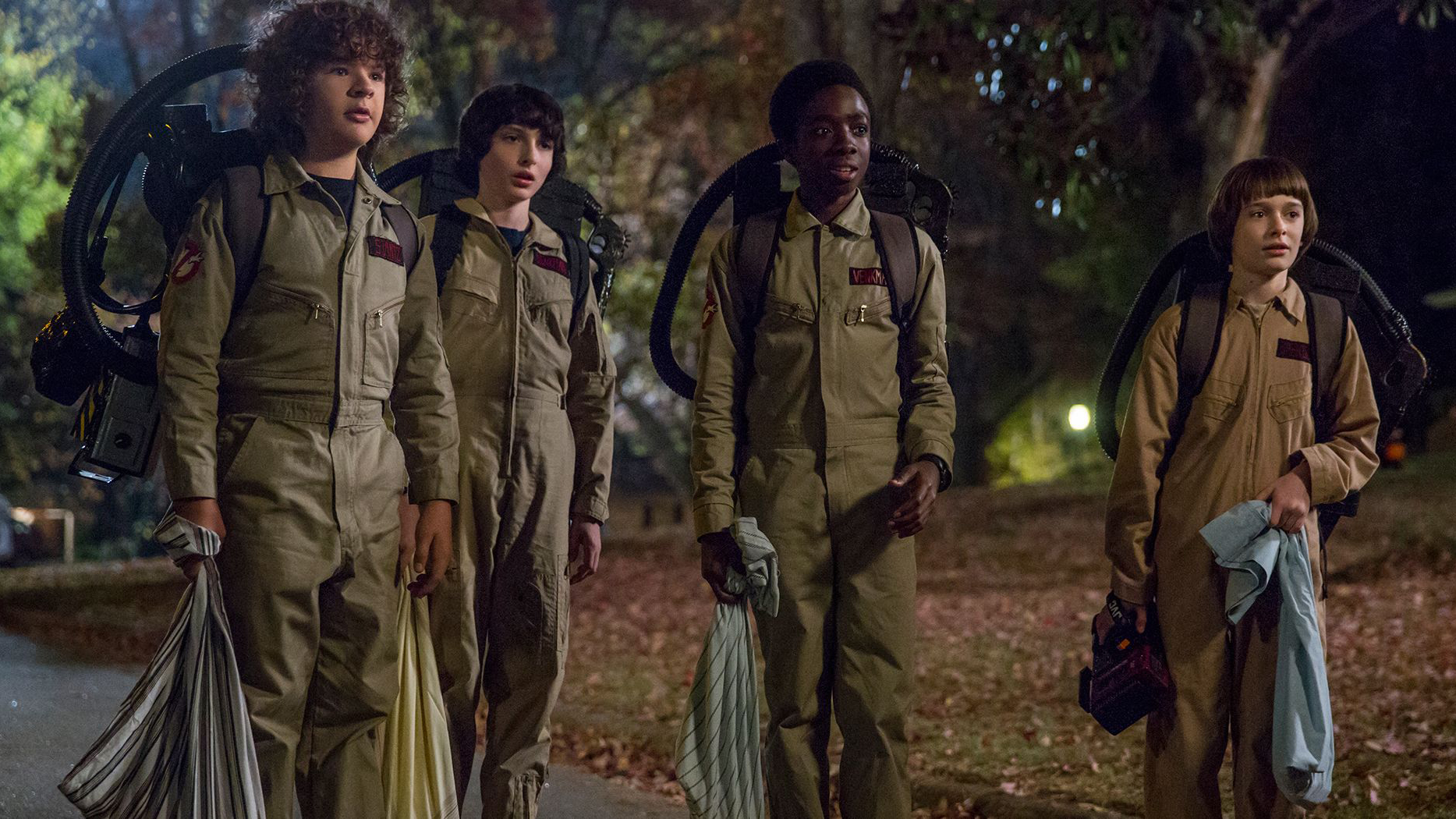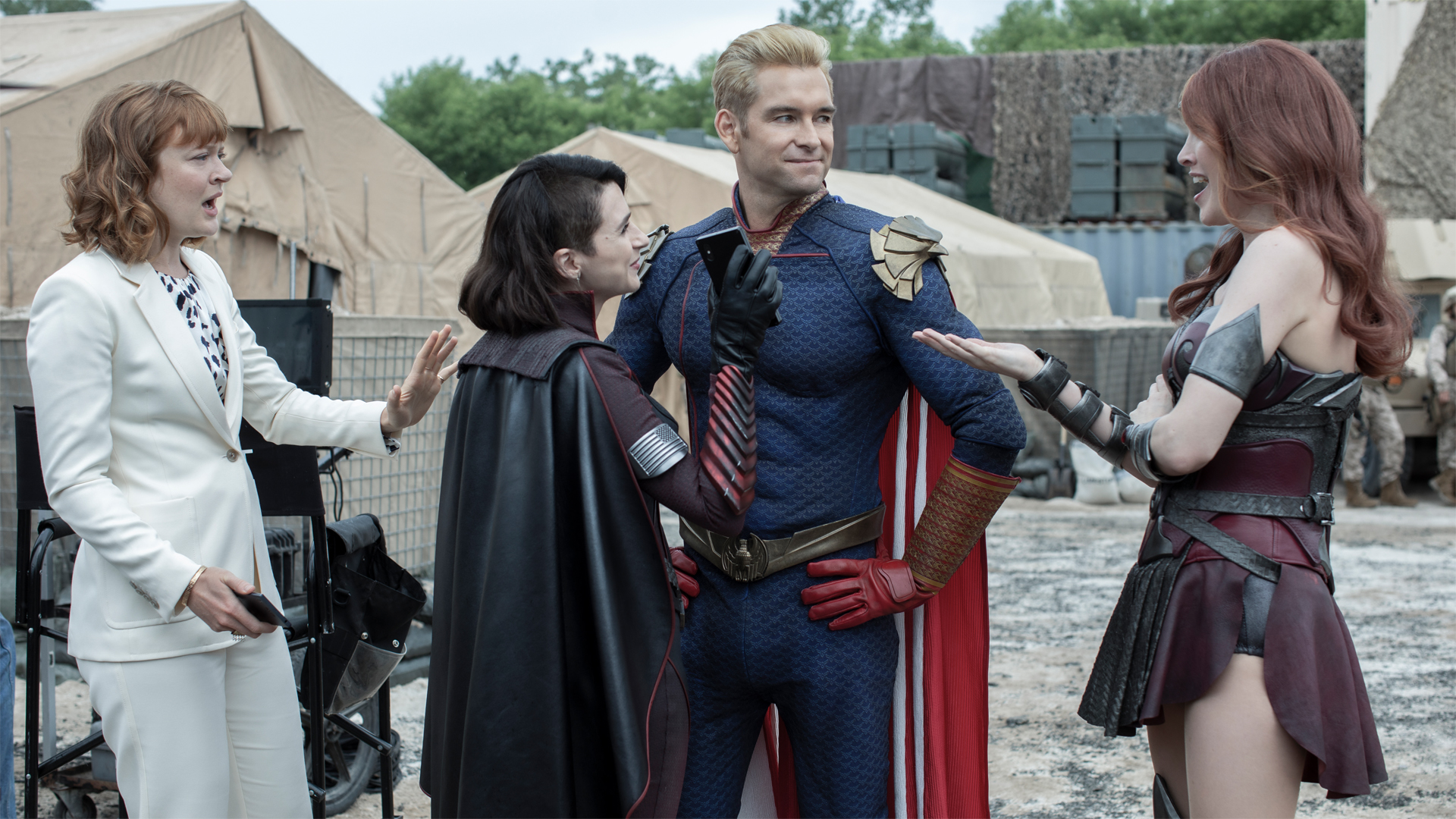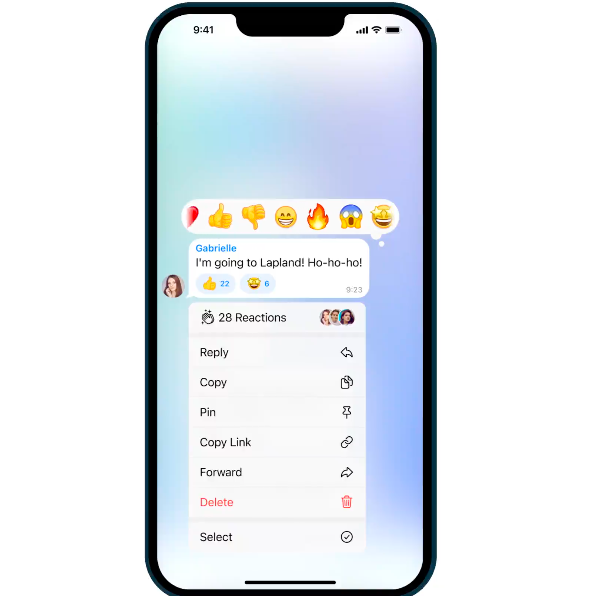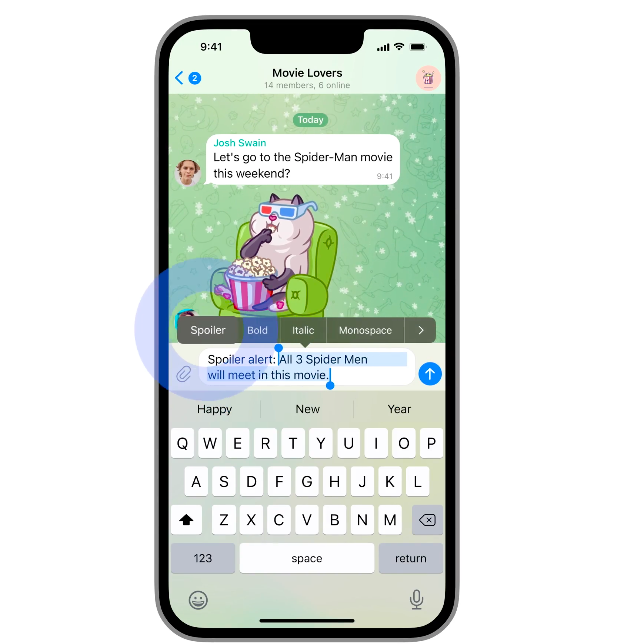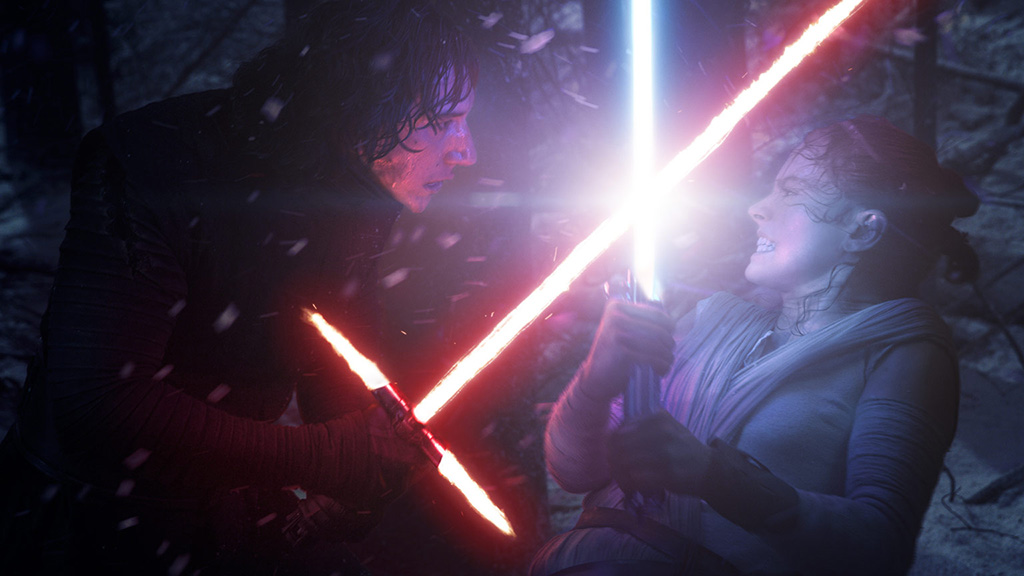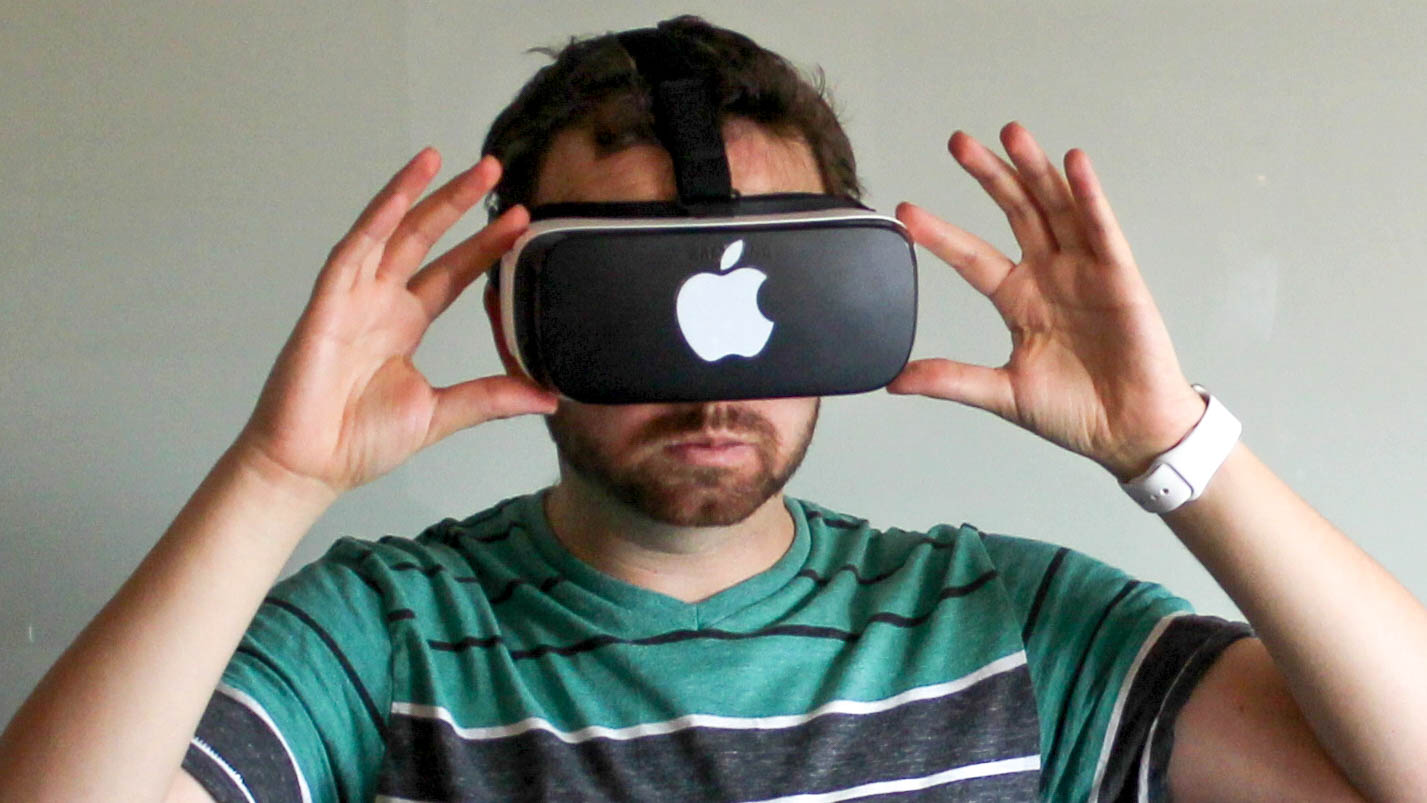In the broadest sense, brainstorming is the collective consideration of ideas in order to arrive at a solution to a predefined problem. More strictly, it refers to a technique businesses can apply to come up with fresh, creative, and focused ideas. While being superficially similar to the concepts of problem-solving and mind mapping, brainstorming is most often a collective effort, and does not always have to target a specific issue.
It is a technique designed to stimulate creativity in the most spontaneous way possible, with the goal of generating a list of quality ideas and suggestions from the participants. Brainstorming usually takes place in a less formal setting, primarily to restrict inhibitions on speaking one’s mind and promote creative thinking without the fear of criticism.
In business, brainstorming is a well-established approach to creating ideas that serve as intellectual resources and commodities. Despite having the same outcomes, the applications of brainstorming vary across industries, with marketing brainstorming being different from the sessions more focused on the technical side of the business. For example, many brainstorming sessions concern coming up with ideas on how to win over a new customer base, introduce new technologies, streamline company operations, etc.
Who should do brainstorming?
Brainstorming was developed as a technique by Alex F. Osborne in 1939 as a response to his team’s inability to come up with useful ideas. Osborne started working on developing group sessions in which individuals would present their opinions in an informal manner under the guidance of an executive - and this general format of brainstorming still persists today.
The range of stakeholders who can benefit from brainstorming is rather broad, as the technique is easily applied as a solution to problems that require collective action. Based on this, any organization or a group of individuals gathered around a central idea, such a business, can benefit from brainstorming. Yet, its also a valuable tool for political parties, schools and other educational institutions, research facilities, medical institutions, government authorities, etc.
Common to all of these use cases is the need to face a pre-defined issue that needs to be questioned and approached from different and innovative angles. This is often described as group brainstorming, but the technique is equally applicable to individuals as well. With individual brainstorming, one person defines an issue to be tackled and records ideas that come to their mind in the course of a single or several sessions. While being less commonly used than the group-based method, individual brainstorming has been proven to be even more effective in tackling complex issues.
Why you should do brainstorming
The benefits of both individual and group brainstorming are numerous. Apart from the focus on quantity of ideas over quality, brainstorming sessions are usually free from criticism, meaning that participants can present their ideas without the fear of being ridiculed.
Collaborative efforts such as brainstorming promote teamwork and a common approach to general business goals. Once they become an established practice, brainstorming sessions bring team-building to a new level, becoming a long-term solution to creative blocks, staff communication problems, and the lack of business innovations.
Brainstorming is usually the fastest way to gain access to numerous ideas which are then filtered and provided with feedback for further refinement. This serves to encourage consensus-building as a general practice for dealing with business issues that require inclusive solutions and arriving at informed collective decisions.
Also, brainstorming benefits from the interaction among multiple ideas as these sessions usually do not end with a single final conclusion. Instead, participants present diverse perspectives and, more importantly, combine them to produce a novel and out-of-the-box solution. Even when this happens, no participant can claim exclusive ownership of an idea, treating it instead as a product of a collective, team-based effort.
Pros and cons of brainstorming
While being almost universally applied today for its advantages, getting the best out of brainstorming sessions starts by being aware of its potential shortcomings as well.
Pros
Great new ideas and perspectives can be discovered. With brainstorming, it is easy to get a wholly new perspective and uncover “elephants in the room” with regard to a particular issue. These can easily become sources of solutions, new ideas or even constructive criticism coming from people guided by the same vision but who do not always get the chance to have their voices heard.
Brainstorming helps you define problems better. Brainstorming sessions often take place in a less formal environment in which no one feels pressured to come up with the best idea, as is the case with formal meetings.
Brainstorming is an informal pinnacle of creative teamwork. Brainstorming promotes a sense of camaraderie and working towards a common goal. It also helps relax the barriers that exist as part of a hierarchical organization. Once a solution is reached, everyone can feel satisfaction from participating in a collective effort that can be made part of standard organizational practice.
Cons
Brainstorming takes time to do properly. Brainstorming is not a fast solution to a particular problem. It needs to develop organically over time, which is why it often takes place over a sequence of sessions that can last for hours or days.
Brainstorming can bring underlying interpersonal conflicts to life. Brainstorming, by its very character, often features a “stormy” or fiery exchange of ideas and it can easily get out of control without the assistance of a facilitator.
It does not work in settings with a history of poor personal communication. To get the best out of every brainstorming session, one should ideally have a team of people who are taught to express their opinions and ideas freely. People with inadequate communication skills will find it hard to speak their minds, particularly if they work in an environment in which the free flow of ideas is not sufficiently promoted.
How to produce great Brainstorming
Since brainstorming sessions prosper in the relaxed ambiance of free-flowing exchange of ideas, they usually do not involve a strict set of rules. Unless a business has established its own best practice for handling brainstorming, there are some proven approaches to extracting the best value from this technique.
Firstly, gathering a team of professionals deemed as having the potential to offer a creative spin on an idea and organizing them in a group. The group is usually helmed by a facilitator, here in a less formal and hierarchical role compared with formal meetings. As the ideas are proposed and described in a freestyle manner, recording is usually done in an unobtrusive way so as not to disturb the exchange of ideas.
· Provide feedback to the proposed ideas subsequently, or as part of a separate brainstorming session. A typical brainstorming session can be divided into two parts: a) presentation, collection and recording of ideas, and b) provision of feedback on the idea presented. The participants may usually be more willing to share their ideas in an informal setting in which they are not feeling as being judged. Looking for immediate feedback as ideas are exchanged can be a valid option, but some participants may be discouraged to get involved more actively if they see that their ideas get shot down repeatedly. This is why a balanced approach to brainstorming involves treating all ideas as valid to promote the atmosphere of an inclusive exchange of ideas.
· Seemingly wild ideas should still be considered as a potential source of a creativity spark. This is similar to treating all ideas as being equally meritorious, yet with the focus on exploring more unorthodox ideas. Knowing that some great inventions have come out of supposedly “crazy” ideas means that it is usually worth keeping some of these on file, at least to spice up more conventional ideas. With brainstorming, ideas generate and complement one another, and making them come together naturally as a solution is one of the key tasks of brainstorming facilitators.
· Facilitators need to gently direct the proceedings of a brainstorming session. While facilitators often work best when they maintain a sort of invisible presence, a brainstorming session still needs to revolve around a central idea. Due to the improvisational nature of these meetings, brainstorming can easily veer into the territory of informal conversations about irrelevant topics. Facilitators need to keep the team focused on the task at hand without being obtrusive.
Examples of Brainstorming Questions
Brainstorming sessions benefit from having a prepared set of carefully chosen questions that will elicit the most desirable responses from the participants. This is why they need to include a wide range of open-ended questions based on the following examples.
With so-called introspective questions, the participants are asked to focus on their emotional perceptions of the issue at hand.
· How do you feel about this product?
· Is it difficult to follow this video/text?
· Do you find this aspect exciting or surprising?
With observational questions, one can ask the participants about what they perceive with their senses. These questions can be suitable for initiating a discussion or taking it in the desired direction.
· What did you look at the most when you opened the page?
· Is the music too grating in this video?
· How can we improve the visuals for this product?
With retrospective questions, the facilitator asks for feedback on something that was done as part of previous sessions or is of relevance for the current brainstorming session.
· What did we decide when we met last time?
· What type of data do we need to proceed with the analysis?
· How did we classify the features that we need?
Questions that promote unconventional thinking can also help with gaining creative energies out of the participants by declaring that no answer to these questions is wrong, no matter how wild. It also helps with avoiding routines and all too familiar communication patterns.
· How would you feel if we started this again from scratch?
· How about quitting this project?
· What would our competitors do in this case?
Finally, actionable questions require the responders to propose activities based on the information they have.
· What would be the first step to take?
· Who should be done to kick off that activity?
· What should be changed as a priority?
Real-life Examples of Brainstorming
A startup whose brainstorming team wants to look into ideas to expand to a new market. Facilitators describe the issue to all participants and inform them about the location of the session. Once gathered, the participants are given 10 minutes to think about strategies that could help the startup break into new markets.
At the same time, the facilitator prepares and hands out materials for recording brainstorming ideas, including sticky notes, papers, or sketches. Also, he/she informs the participants that they can present their ideas orally. Once the first round of brainstorming is done, the facilitator collects and records ideas and has each participant discuss the idea of the person next to them, describe its potential, outcomes, shortcomings, etc.
In the second example, a marketing team looks to convert more people to a paid version of the software instead of a trial one. This time, the idea is to put the idea presented during the brainstorm session to a vote. The preparation is similar as in the previous example, but at this initial stage, the number of participants is smaller and involves a group of specialists such as UX designers, programmers, copywriters, content creators, etc. They are invited to brainstorm with the help of games, such as word associations (“user experience”, “trial version”, “budget plan” etc.) or group work competitions.
How to use Brainstorming
Both individual and group brainstorming can be great problem-solving and idea development tools - but only if it is successfully applied after the session. To effectively do so, facilitators should include diverse member profiles in their teams in order to get as many perspectives as possible. This refers to the positions the individuals occupy in an organization as well as their gender or ethnic backgrounds.
Facilitators can even exploit inner tensions between groups and individuals that are known to hold opposing views. This can be done to prolong brainstorming sessions and have the participants raise more relevant questions with regard to a problem that needs to be resolved. Still, the time factor plays a more significant role the longer the brainstorming sessions take, so it is necessary to consider the costs and benefits of having the participants deliberate more on an issue.
In order to support the relaxed atmosphere and informal character of the sessions, the facilitators need to organize them in a comfortable space. Warm-up is particularly important if the level of comfort is to be raised from the outset. Once this is done, the facilitator needs to present a clear definition of the brainstorming goal.
An encouragement to build upon everyone’s ideas can be a helpful push in the right direction if the goal is to have everyone feel like a contributor to a group solution. A facilitator should be ready to jump in at any moment if they feel that the participants are running out of things to say. They also need to be ready to propose and carefully redirect the discussion back on track if it loses focus. Being provocative with the goal of extracting more creative ideas from the participants is sometimes tough to manage but it can contribute greatly to getting thought-provoking proposals.
Finally, keeping records of the most creative ideas means filtering out those of lesser quality. This can be done by facilitators themselves or as part of a group effort aimed at sorting out and analyzing the best ideas. If two or more ideas seem too good to be left out, an additional brainstorming session may be required or the facilitator may opt for A/B testing.
In any case, the selected brainstormed idea needs to be followed up by a concrete plan for its implementation and the selection of the adequate team to handle it.
Alternatives to Brainstorming
Brainstorming may not work for various reasons. These can include time constraints, poor selection of session participants (in the case of group brainstorming), chaotic management of sessions, inadequate taking of notes, etc. This is why several alternatives to brainstorming have emerged over time.
· Reverse brainstorming works as a reverse-engineered version of regular brainstorming. The facilitator presents a complete solution to the team and invites its members to try to find weaknesses in it. Each presented idea can be found faulty or fool-proof as part of these sessions, helping the facilitators develop them afterward.
· Teaming is used as a more granular alternative to traditional brainstorming with large groups. Instead of having a whole group come up with a common idea, participants are teamed into smaller units and tasked with coming up with their take on the goal. These are subsequently compared and contrasted in order to pick out the best one.
· The round-robin approach involves taking a single idea and having team members add their own takes on it. Each next participant will have to build upon what already exists as a set of ideas.
· Mind mapping can be a supporting tool to brainstorming or a viable alternative to it. Instead of being an idea-development tool, mind mapping can be used as a team-based visualization of the ideas that are already defined but need to be expanded upon.
In modern times, brainstorming ideas are usually recorded digitally, which makes it easier to organize follow-up reviews. Yet, some businesses opt for making short notes or not recording ideas at all, relying instead on maintaining spontaneity.
Brainstorming benefits from timely preparation. The majority of brainstorming sessions can flourish with the addition of various audio-visual or multimedia tools. Many ideas need to be recorded in an audio or visual format, so preparing appropriate idea notebooks, recording devices, whiteboards, and colored marker pens will bring additional immediacy and visibility to the ideas presented during sessions.
Whiteboards can be substituted with any sufficiently large piece of paper. Sticky notes are a great alternative as well, as they require less space with comparable levels of visibility.
More recently, mind map apps have appeared as tools of choice for brainstorming. These digital visualization tools allow for accessible mapping of ideas that are subsequently followed up, developed, and shared by participants.
Here are five great brainstorming apps to check:
In any case, it is important to remember that brainstorming usually profits from the number of ideas presented, not necessarily their quality. This entails relying on the potential of sheer numbers of ideas and the interplay between the session participants to come up with the most creative solution.
Resources
These are some of the useful books on brainstorming techniques and their application in various situations.
1) The Art of Brainstorming: The Practical Guide to Mastering Creative and Design Thinking and Generating Out of the Box Ideas to Solve Personal and Professional Problems
https://www.amazon.com/Art-Brainstorming-Practical-Generating-Professional-ebook/dp/B09GKR4NLQ/ref=sr_1_12?dchild=1&keywords=brainstorming&qid=1633000846&sr=8-12
2) Me, Myself & Ideas: The Ultimate Guide to Brainstorming Solo
https://www.amazon.com/Me-Myself-Ideas-Ultimate-Brainstorming/dp/1449496288/ref=sr_1_9?dchild=1&keywords=brainstorming&qid=1633000846&sr=8-9
3) Brainstorming: Generate Ideas And Solution Proposals For Daily Problems With Your Team (brainstorm - how to have good ideas and solve problems)
https://www.amazon.com/Brainstorming-Generate-Solution-Proposals-brainstorm-ebook/dp/B088182SLL/ref=sr_1_8?dchild=1&keywords=brainstorming&qid=1633000846&sr=8-8
4) Big Book of Brainstorming Games: Quick, Effective Activities that Encourage Out-of-the-Box Thinking, Improve Collaboration, and Spark Great Ideas!
https://www.amazon.com/Book-Brainstorming-Games-Out-Box/dp/007179316X/ref=sr_1_7?dchild=1&keywords=brainstorming&qid=1633000846&sr=8-7
5) The Smart Solution Book
https://www.amazon.com/Smart-Solution-Book-Brainstorming-Decision-ebook/dp/B01MQ48Y4Y/ref=sr_1_4?dchild=1&keywords=brainstorming&qid=1633000846&sr=8-4
You might also want to check out our lists of the best project management software and best business plan software.

